More than 10 nature reserves in Berkshire have been trashed as anti-social behaviour hit “unprecedented” levels following the easing of lockdown in Berkshire alone, a wildlife trust has said.
Fly-tipping, littering and barbecue fires have increased, Berkshire (BBOWT) said. At Hosehill Lake (1 mile south Theale), boating and swimming has disturbed nesting birds including terns, lapwing, oyster catchers. People fishing in front of a specially created sand martin wall has thought to have caused a failure of nests there this year.
Fences and buildings have also been damaged. On Wildmoor (Crowthorne), people have cut fencing to reach restricted and protected areas of the reserve and at Moor Copse wildflowers and nesting areas for skylark have been damaged. People have broken into an old building at Greenham causing substantial damage to its structure and roof.
A trust director said it was the worst he had seen in 30 years.
Warm weather in recent weeks is also believed to have been a factor.
BBOWT director Christopher Williams said: “I’ve been shocked, saddened and angered by the frankly disgraceful behaviour and actions by some people which we have witnessed at our nature reserves in the last few weeks.
“I’ve worked in the sector for nearly 30 years and I’ve never seen anything like this.”
Similar issues have hapenned in Buckinghamshire and Oxfordshire, across 25 BBOWT nature reserves, volunteers have seen fly-tipping, littering, and trampled paths through reed beds, as well as fences cut and an old building damaged by a break-in.
BBOWT is asking anyone who witnesses any anti-social and criminal activity at any of our nature reserves, to contact the Police on 101. Details of how to report these incidents is explained on our website. We also ask people to spread the word that this is not acceptable through their own social media outlets. If the matter is serious, please contact BBOWT.
Berkshire
Wokefield
Fires and BBQs
Woolley Firs
Increase in dogs scaring sheep
Bowdown Woods
Flytipping
Shepperlands Farm
Flytipping
Hosehill
Boating and Swimming – disturbs nesting terns, lapwing, oyster catchers
Fishing in front of sand martin wall – none nesting in it this year
Creating paths through the reedbed to get to the lake disturbing warblers etc.
Litter, BBQs, football games etc. including on neighbours property too
Dogs out of control chasing wildfowl and young.
Wildmoor Heath
Bike jumps, fires, treehouses, fences cut
Greenham Common
Breaking into old building causing lots of damage to structure and roof, people drinking alcohol.
Fires and BBQs – a large fire on 30th May.
Drones, kites, model aircraft, picnics on lozenges, out of control dogs, fishing in ponds, fire beaters smashed, horseriding and cycling on lozenges,
Snelsmore Common
Car park full and people parking on the road, BBQs all over site, fire, people going to the toilet behind the currently locked toilet building
Moor Copse
People creating new paths through the meadows, damaging wildflowers and potential nesting areas for skylark.
Drive through demolition of gate into field.
Masses of flytipping
Fishing
Logs thrown into river blocking watercourse and sluice downstream.
Haymill Valley
Motorcyclists, flytipping, drinking, littering.
Thatcham Reedbeds and Nature Discovery Centre
Vandalism, flytipping, littering.
Rack Marsh
Padlock/chain cut by motorcyclists to gain access to river crossing.
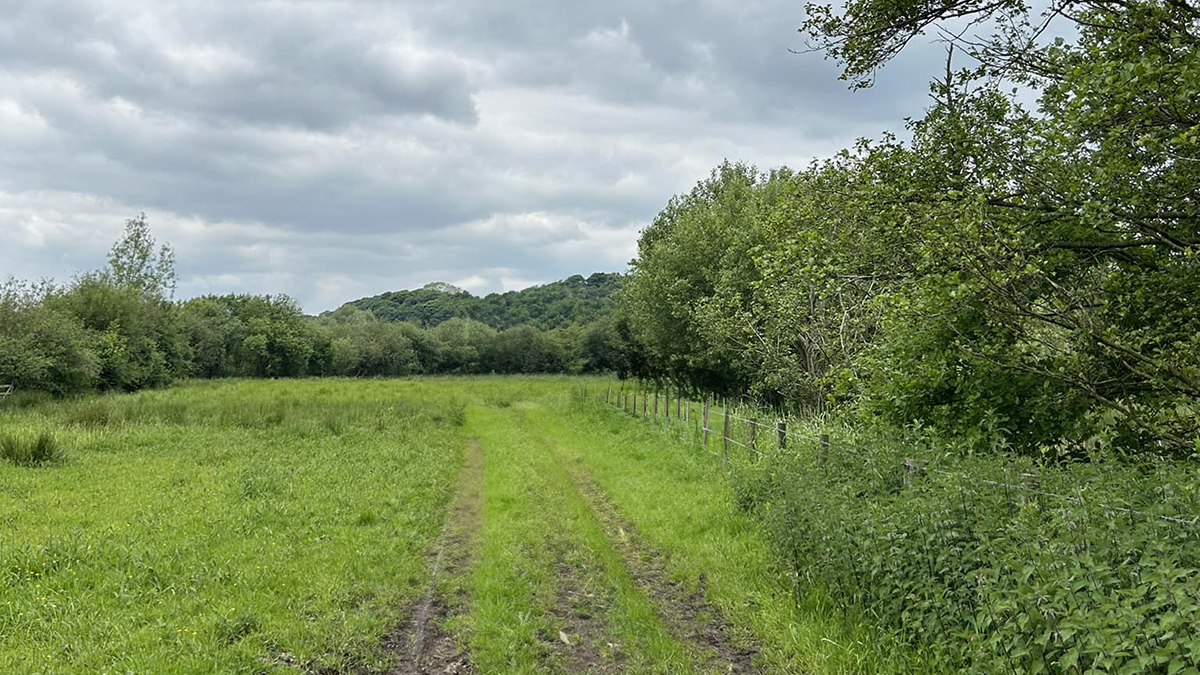

 News9 months ago
News9 months ago
 News5 months ago
News5 months ago
 News2 years ago
News2 years ago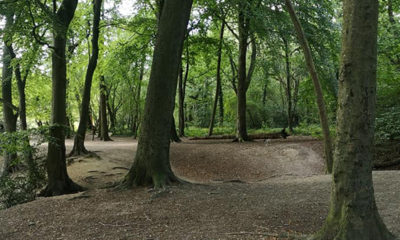
 Itineraries2 years ago
Itineraries2 years ago
 Events2 years ago
Events2 years ago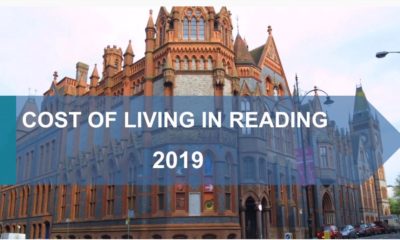
 Events6 years ago
Events6 years ago
 Events5 years ago
Events5 years ago
 Shopping1 year ago
Shopping1 year ago
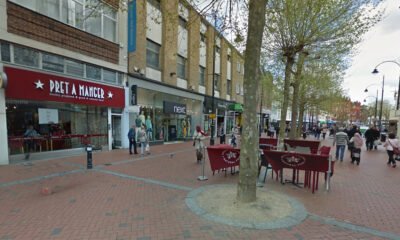











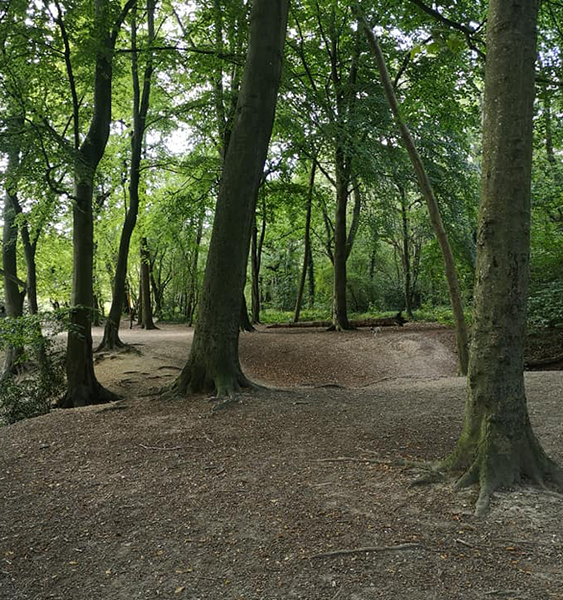
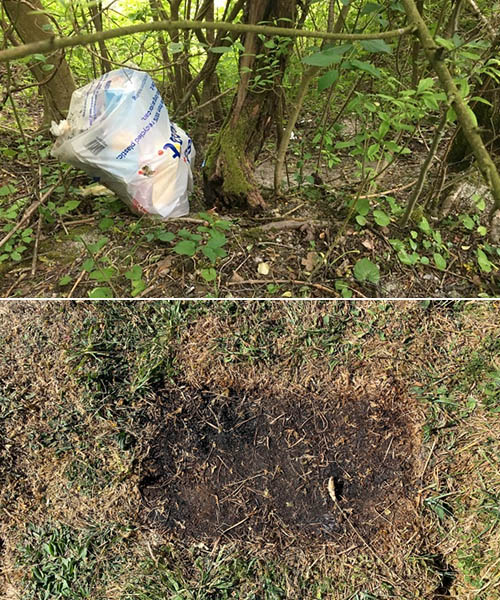
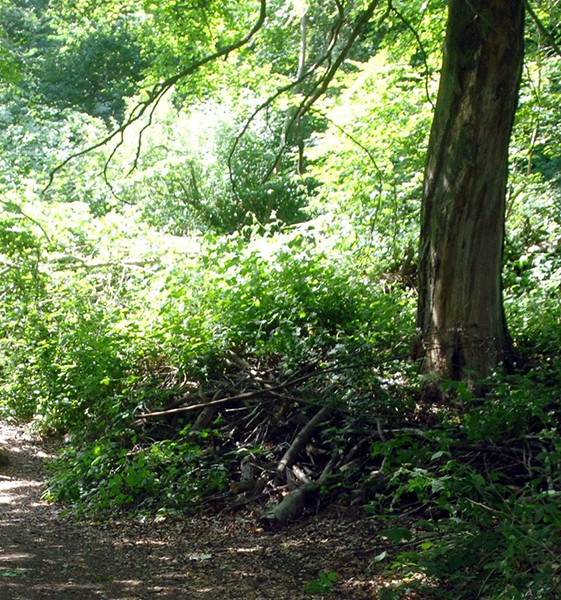


You must be logged in to post a comment Login